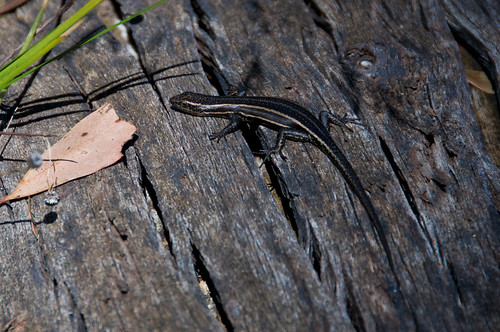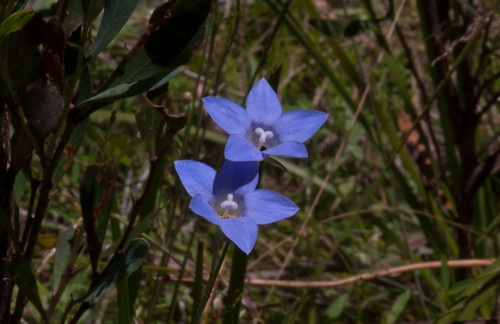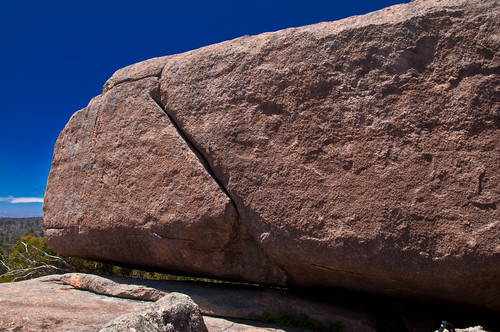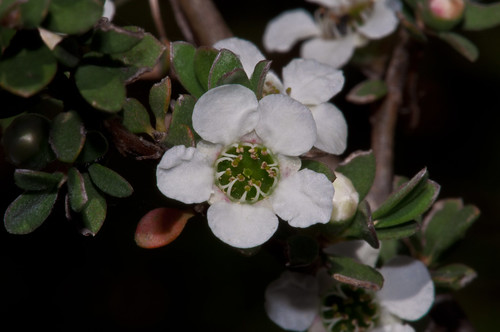I’m not going to start with the excuses for why its taken so long to get this next entry in, I’m just going to jump on in and hope that I can get a roll on!
I haven’t done a lot of walking recently and have done even less work on all the photos I’ve taken over the past months so this entry delves further back into 2010. It won’t be a long entry either – mainly because my memory has faded somewhat and also I didn’t take a lot of great photos that day.
I do remember one thing about this particular November day in 2010 however – it was hot. It was the kind of spring day that tells you summer is just around the corner. Not hot enough to make you wilt after climbing a steep hill, but enough to make you shed your jumper, and enough to singe fair skin - which I have in abundance!
Joining me on the walk this day was my usual accomplice in such endeavours, my beloved brother par excellence! (Hmm how do the French write that? it was intended to sound smooth and sophisticated but when I read it back it rendered in my mind as if spoken in a broad Aussie accent!) Also with me on the walk was my partner (in life), my big sister, my gorgeous niece and two teenage nephews (how their parents managed to get them to come is quite beyond me, my children stopped coming on walks with me as soon as they were too big to drag out the door!).
 |
| My brother and niece sharing a laugh on the walk |
The location for the walk was Mulligan’s Flat, said to have the largest single patch of Yellow Box (Eucalyptus melliodora) - Red Gum (Eucalyptus blakelyi) Grassy Woodland left in Australia. If this is true it is a sad thing. It doesn’t seem particularly big (to me), is fairly degraded in places, and has certainly seen a reasonable amount of clearing in the past.
 |
| My beautiful niece resting in the shade |
The walk itself wandered through grassland and woodland alive with spring flowers. Weeds were present in fairly large numbers as well, a hangover from the days when the land was used for grazing. An old shearing shed still stands testament to the previous uses of the land on the site, along with some dams. The latter certainly provides for some wildlife and in particular birds, the site being known for many species, some quite rare. Personally, I’m not so good with birds much as I like them. They move way to fast for my less than perfect vision to keep up with and as for photographing them, well I’m not sure I have the patience though I do try from time to time.
Ten or so years ago, I visited this site when I was working at the ANU (we were collecting Yellow Box leaves for koala feeding experiments). We left civilisation and bumped along a dirt road for some time before reaching the small dirt carpark. These days you park in a tarred car-park just off a suburban street and the rows of houses seem to accompany you for much of the early part of the track, hemming a lot of the western side of the reserve.
You do eventually manage to lose the houses and immerse yourself a little more in the nature experience. Most memorable on the walk were the drifts of orange pea flowers (I’m sorry not to have identified these at the time but if I visit this year I may edit their name in here) amongst the regenerating woodland. Also memorable were the large patches of Velleia paradoxa (spur Velleia) and Wahlenbergia species (Bluebells).
Nearing the end of the walk we came across a Common Bearded Dragon (Pogona barbata) warming itself on the stony road. It seemed not at all perturbed by the attention it received and happily sat motionless for all the photos you could possibly want to take!
All in all an enjoyable walk made all the more enjoyable with the most excellent company. I do hope my niece forgives me for putting her photo up here!













